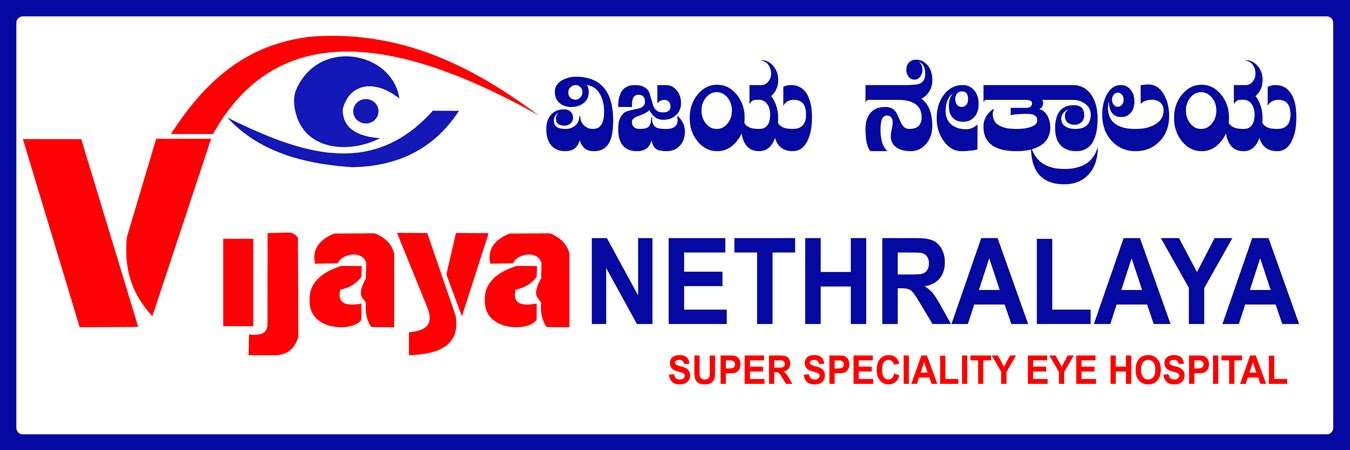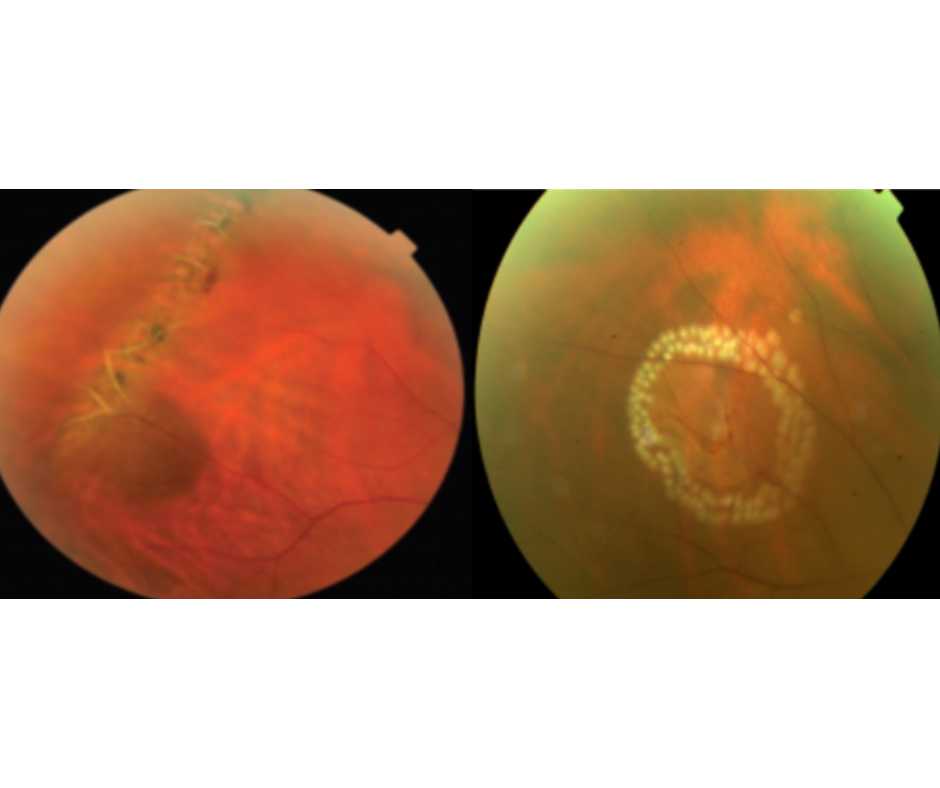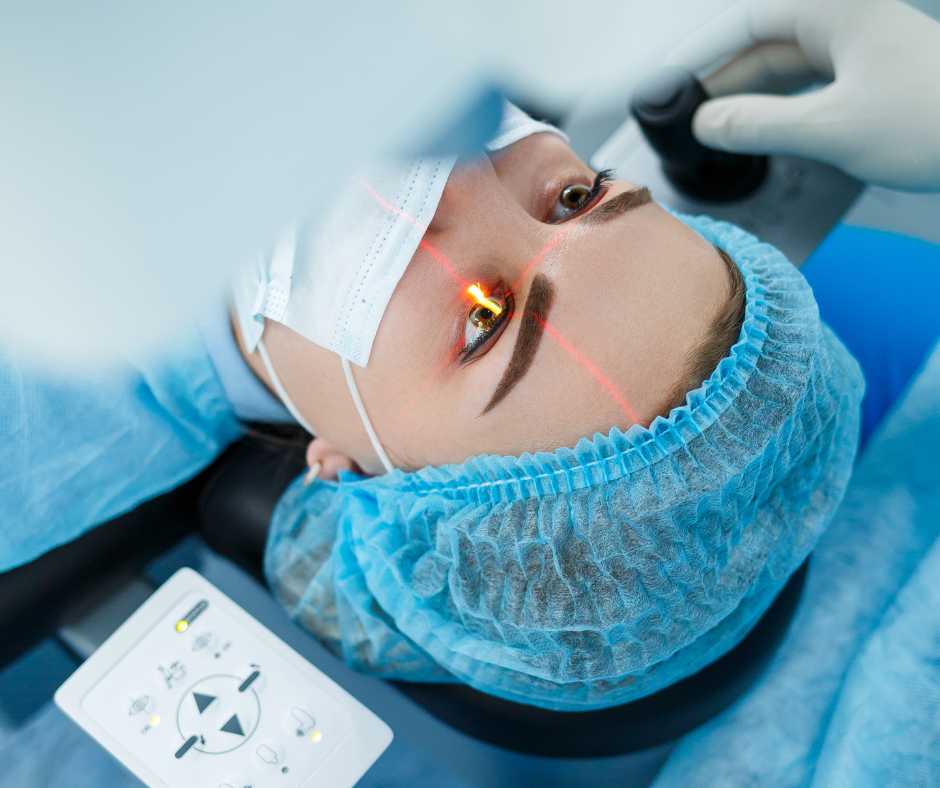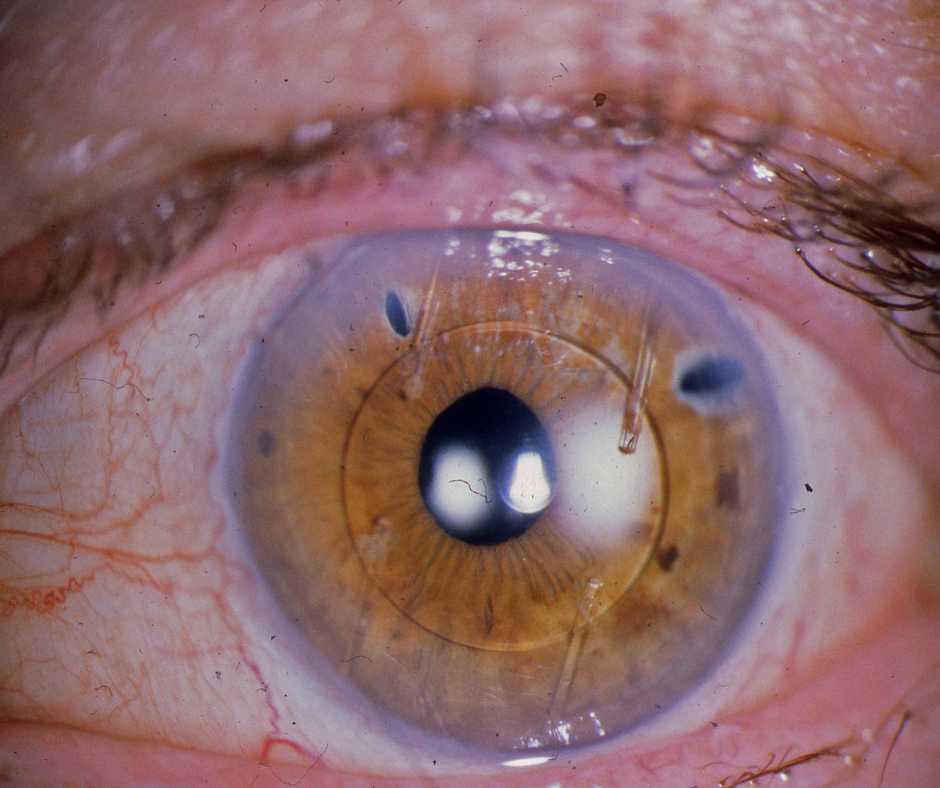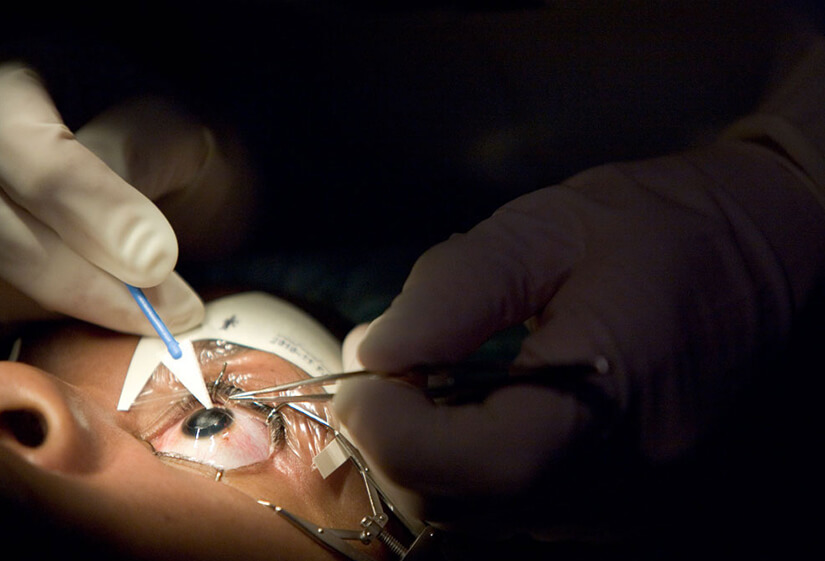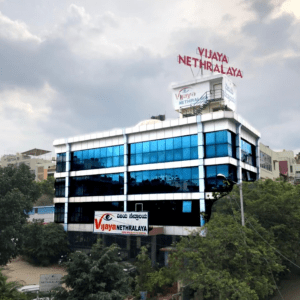Introduction:
Corrective eye surgery has revolutionized vision care, offering a permanent solution for those seeking freedom from glasses or contact lenses. With continuous advancements in technology, these procedures have become safer, more effective, and less invasive. In this article, we explore the latest corrective eye surgery techniques and what they mean for patients.
1. SMILE (Small Incision Lenticule Extraction)
SMILE is a minimally invasive laser vision correction procedure that reshapes the cornea to correct myopia (nearsightedness). Unlike LASIK, it requires only a small incision, reducing the risk of complications such as dry eyes. It is gaining popularity for its precision, faster healing time, and minimal discomfort.
Benefits of SMILE Surgery
- Minimally invasive with a small incision
- Faster recovery time compared to LASIK
- Lower risk of dry eyes post-surgery
- Effective for moderate to high myopia
Who is Eligible for SMILE?
SMILE is recommended for patients with myopia and mild astigmatism who prefer a flapless procedure. It is particularly beneficial for those who experience dry eyes or have an active lifestyle.
2. Contoura Vision
Contoura Vision is an advanced form of LASIK that customizes corneal reshaping based on the unique topography of a patient’s eye. This technology enhances visual quality by correcting irregularities in the cornea, leading to sharper vision and reduced dependence on corrective lenses.
How Contoura Vision Works
Unlike traditional LASIK, Contoura Vision maps over 22,000 data points of the cornea, ensuring precise corrections tailored to the patient’s eye structure. This results in superior visual clarity and a high-definition vision experience.
Advantages of Contoura Vision
- Higher precision compared to conventional LASIK
- Improved contrast sensitivity
- Reduced glare and halos, especially at night
3. EVO ICL (Implantable Collamer Lens)
The EVO ICL procedure involves implanting a biocompatible lens inside the eye without altering the cornea. It is ideal for patients with high myopia or thin corneas who may not be suitable candidates for LASIK. This reversible procedure offers excellent night vision and UV protection.
Key Features of EVO ICL
- Suitable for severe myopia and thin corneas
- Does not cause dry eyes
- Reversible and removable if needed
Who Should Consider EVO ICL?
This procedure is recommended for individuals between the ages of 21-45 who have stable vision and are not ideal candidates for corneal-based refractive surgeries.
4. PRK (Photorefractive Keratectomy)
PRK is a surface laser procedure used for patients with thin corneas or those involved in contact sports. Instead of creating a flap like in LASIK, PRK removes the outermost corneal layer before reshaping it. Though the recovery period is longer, PRK provides long-term stability and durability.
Benefits of PRK Surgery
- Suitable for patients with thin corneas
- No flap creation, reducing the risk of flap complications
- Long-term corneal stability
Recovery and Aftercare
Patients need to follow strict post-operative care, including avoiding bright light and wearing protective lenses for the initial healing phase. Full vision stabilization may take several weeks.
5. LASEK (Laser Epithelial Keratomileusis)
LASEK combines elements of both LASIK and PRK, preserving more of the cornea while offering a less invasive alternative. It is beneficial for patients with thin corneas or those prone to dry eyes, delivering improved vision with minimal side effects.
Comparing LASEK to LASIK and PRK
- LASEK does not involve a deep corneal cut like LASIK, reducing complications
- Offers better recovery than PRK while maintaining corneal integrity
- Less post-operative discomfort compared to PRK
6. Corneal Cross-Linking (CXL) for Keratoconus
This non-invasive procedure strengthens the cornea using ultraviolet (UV) light and riboflavin (vitamin B2) drops. It is primarily used to halt the progression of keratoconus, a condition that leads to corneal thinning and irregularity. CXL can be combined with other refractive surgeries for enhanced results.
Types of Corneal Cross-Linking
- Epithelium-Off CXL: More effective but requires longer recovery
- Epithelium-On CXL: Less invasive with shorter recovery time
Latest Innovations in Corrective Eye Surgery
With continuous research and technological advancements, the field of corrective eye surgery continues to evolve. Some notable breakthroughs include:
1. Wavefront-Guided LASIK
This technique provides a customized approach to vision correction by mapping and correcting even the tiniest imperfections in the eye’s optical system, reducing night glare and enhancing clarity.
2. Artificial Corneas
For patients with severe corneal damage or degeneration, artificial corneal implants are becoming a viable option, restoring vision where traditional methods fail.
3. Customized Refractive Cataract Surgery
Advanced intraocular lens (IOL) implants allow patients to correct presbyopia and astigmatism while treating cataracts in one procedure.
Is Corrective Eye Surgery Right for You?
The best procedure depends on individual factors such as corneal thickness, eye health, and vision prescription. Consulting with an experienced ophthalmologist can help determine the most suitable option for long-term vision correction.
Factors to Consider Before Surgery
- Your current eye prescription and stability
- Overall eye health and medical history
- Post-surgery lifestyle requirements
Conclusion
With cutting-edge advancements, corrective eye surgery continues to offer improved safety, faster recovery, and superior vision outcomes. If you’re considering vision correction, staying informed about the latest procedures will help you make an educated decision.
